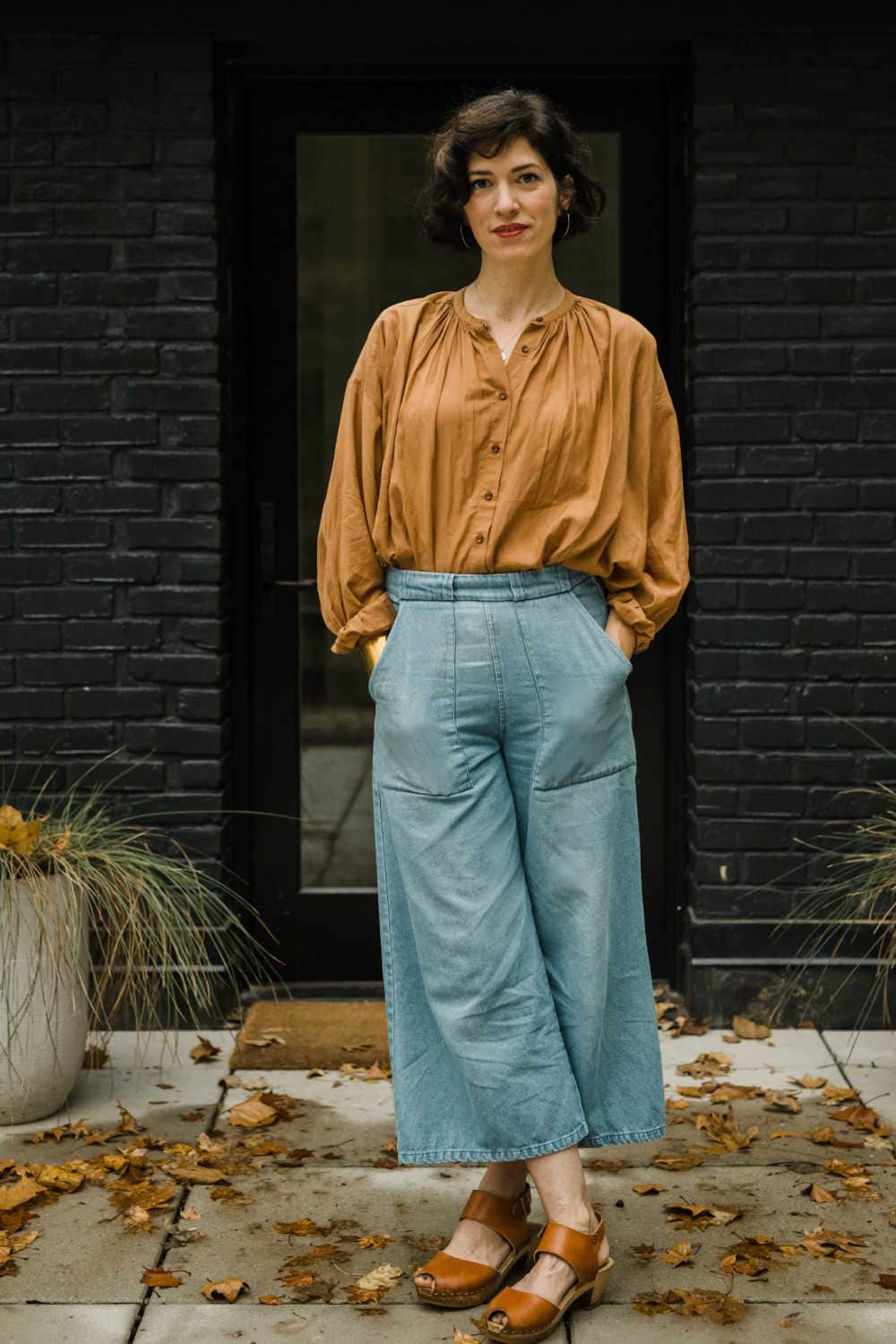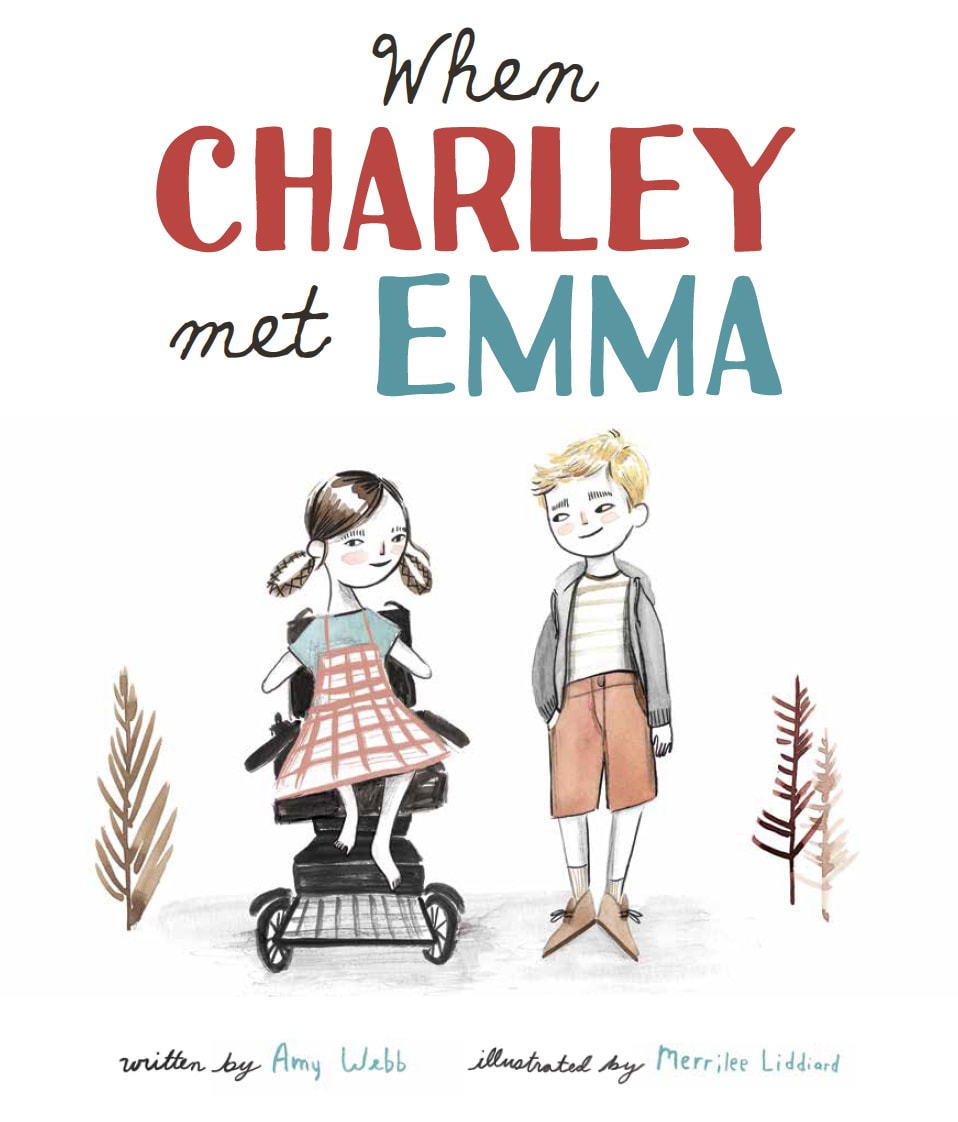Hi, I’m Elizabeth Reynolds! I am mom to William Reynolds and co-Founder of The Champ Foundation. William was diagnosed with Pearson Syndrome when he was 2 months old. Pearson Syndrome is a mitochondrial deletion disorder. Most children with Pearson Syndrome do not live past their third birthday. When William was born, there was no research or clinical trials working toward treatment or a cure for this terrible disease. My husband and I started The Champ Foundation to fund researchers and doctors working toward a cure. So far, The Champ Foundation has provided over $300,000 in research grants to doctors around the world. We have great hope that these projects will lead to a cure for our son, and other children fighting Pearson Syndrome today.
Miggy: Hi Elizabeth and welcome! Thanks for being here today on This Little Miggy and sharing your special needs journey with us. First, can you take me back to the day you found out that something was not quite “right” with your son? Was in while you were still pregnant, shortly after birth or sometime after that? Do you remember how you felt? Can you compare those first thoughts and feelings with how you feel now?
Elizabeth: I had an uncomplicated pregnancy. William was born on June 22, 2015 via c-section. As soon as he was born, doctors realized he was too pale and breathing too fast. He spent a week in the NICU under an oxygen tent. He received multiple red blood transfusions because he was so anemic. When we were able to go home, I was so happy, because I thought the worst part was over.
But William’s bone marrow did not start working, and he was tested for leukemia when he was 6 weeks old. The leukemia results came back negative, but there were other “unusual findings.” This meant little to us because we thought the worst was over, again.
On September 10, 2015 we entered our hematologists office, where we had spent many hours before. There was a resident and a medical student in the room when our hematologist told us that William had Pearson Syndrome. The worst, it became evident, was very true. There was no plus side, no percentages of survival, no opportunities to participate in a clinical trial, no research being conducted. Most children, they told us, died before three.
I look back on this difficult time with gratitude for twenty-three months that have followed. These twenty-three months have allowed me to reflect on the saddest and darkest part of my life, while being aware of the amazing, hopeful and rewarding moments to come.
William is amazing. Many days it’s easy to not think about his diagnosis. He is very typical! He is a chatty, Minion-loving two-year old. He has a hilarious sense of humor and definitely knows it. We love him so much and are so grateful for his stable health these last two years.
.jpeg)
Miggy: Tell us a about Pearson Syndrome and how it specifically affects your child’s needs and your family’s day-to-day life?
Elizabeth: Pearson Syndrome is a mitochondrial deletion disorder. In addition to hematological and pancreatic symptoms, PS can impair the heart, eyes, ears and brain. William was dependent on red blood transfusions every month until he was 14 months old. He is also very small. He has yet to experience the other symptoms of the disease. In order to monitor all the different systems in his body, we have a team of hematologists, cardiologists, GIs, nutritionists, an endocrinologist, an ophthalmologist, a neurologist, a geneticist, and a dermatologist.
Our biggest concern is germs/infections. Mitochondria are important energy producers, and are critical to fighting infections. William just doesn’t have that capability. A fever sent us to the hospital for a week, and a cold made him lose a pound in five days. It is difficult to avoid all germs all the time and we’ve needed completely adjust our lives to do so (he doesn’t attend day care, rarely interacts with other young children, we don’t attend indoor play areas, etc). But, it’s the most we can do until there is better treatment for mitochondrial diseases.
Miggy: What are your hopes and dreams for Williams future?
Elizabeth: My husband and I started The Champ Foundation in November 2015. The Champ Foundation is a 501(c)3 non-profit organization with a mission to treat and cure Pearson Syndrome. We started The Champ Foundation when it became evident to us that doctors wanted to be focusing on Pearson Syndrome, but had been unable to secure funding because it was so rare. It was unacceptable to us that incredibly smart, talented doctors at the best institution in the world wanted to be working toward a cure for Pearson Syndrome but couldn’t because lack of funding. We immediately realized we were going to have to be the ones to change this reality.
To date, The Champ Foundation has funded three different research projects at Harvard in Boston, the University of Cambridge in England, and the Sheba Medical Center in Israel. My hopes for William to have a happy and healthy future lie in the real hope that the research we are funding will be instrumental to the clinical trials and research advancements that lead to a cure.
Miggy: How can people best approach or respond to William? Is there something you wish other people knew so as to avoid awkward or hurtful situations?
Elizabeth: This is an interesting question! Because we are so acutely aware of germs, I would ask people to (1) not touch babies without asking their parents (you wouldn’t believe how many people try to touch him at the grocery store!) and (2) stay home and keep your kids home if you are sick (a cold to you means hospital stays for us)!
.jpeg)
Miggy: If you could say something to a mom who just starting on a Pearson Syndrome journey, what would you say? What would you say to yourself if you could go back in time?Elizabeth: I clearly remember the first two days after William’s diagnosis. All I wanted was more information and any glimmer of hope that this wasn’t going to be as bad as I thought. Actually, what I really wanted was for the doctor to come back in and tell me they made a terrible mistake and it was not William’s lab results.
To any mother or father finding out about this diagnosis, I am so, so sorry. I’ll try to give some concrete advice, because that is what I most wanted those first days.
Medical:
· Enroll in the Cleveland Clinic natural history study. A natural history study is an observational study, with the goal of “characterizing the natural history of Pearson Syndrome.” This study makes no effort to find a cure for Pearson Syndrome, but there is a lot of value (and definitely no harm) in participating. The biggest benefit is seeing the experts of Pearson Syndrome.
Research
· Help The Champ Foundation find treatment and a cure! So far, other families affected by Pearson Syndrome have helped us raise over $20,000! That brings us closer to treatment and a cure for all children with this terrible disease.
Emotional:
· Join the online community group for parents of children with Pearson Syndrome. The group has been a source of emotional support and critical information. Though none of our kids experience the same symptoms or same trajectory of complications, it is obvious that PS parents are the most knowledgeable about the disease, even among doctors.
.jpeg)
Miggy: Lastly, what is the biggest lesson you’ve learned since becoming William’s mom?
Elizabeth: I’ve learned what most moms learn—I’d do anything to give my son a happy, healthy life. This is why we started and work so hard on The ChampFoundation. He is worth it.
Wasn’t that amazing? What a wonderful, inspiring family. If you or someone you know would like to participate in the special needs spotlight please email me at thislittlemiggy at gmail dot com.
Have a great weekend!
XO,
Miggy

.jpeg)


What an amazing family!